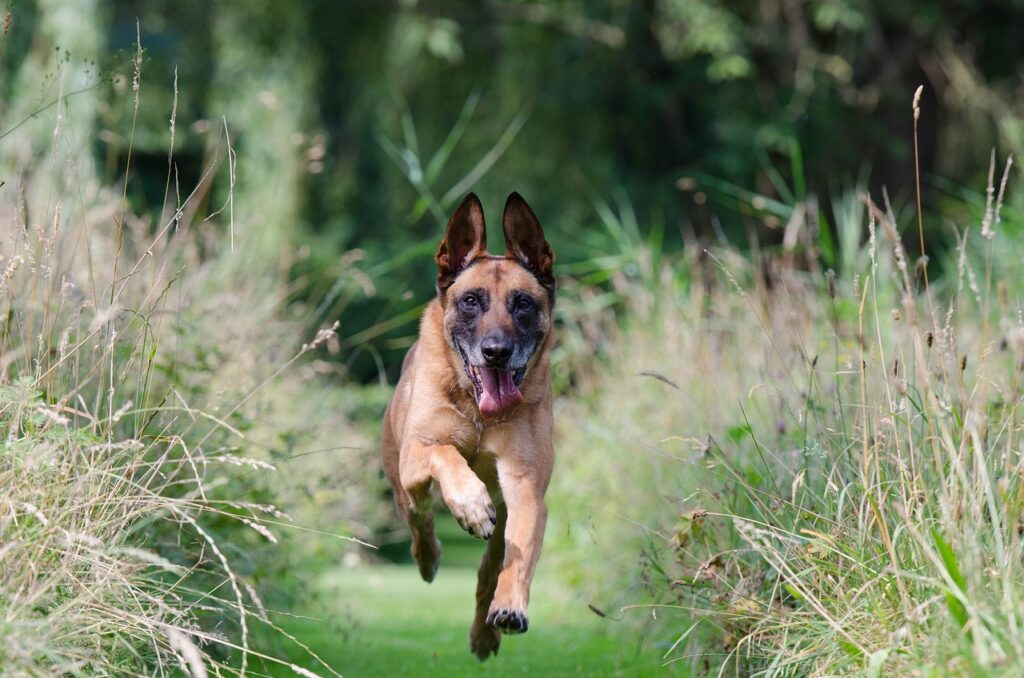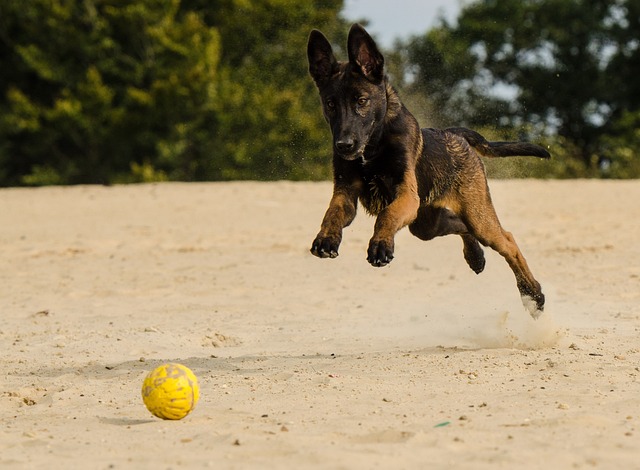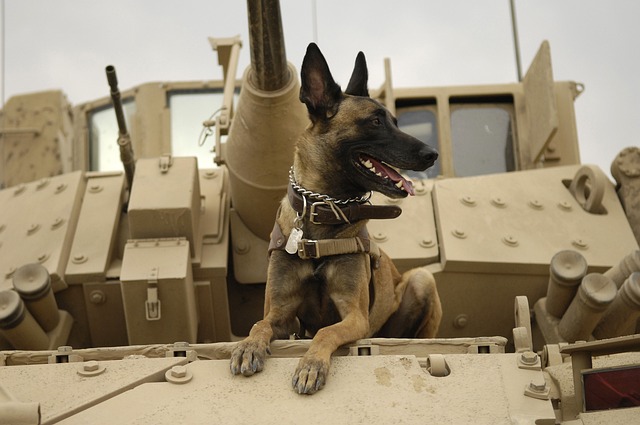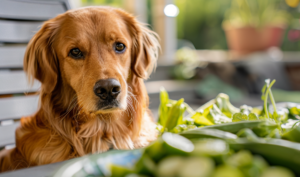
Belgian Malinois, known for their intelligence, confidence, and versatility, have captured the hearts of Filipinos. Their unbreakable bond with their human partners and world-class working abilities make them more than just a pet; they become a part of the family. These dogs are strong, rugged, and exhibit various temperaments, making each one unique.
Owning a Belgian Malinois is indeed a worthwhile experience. Their loyalty, energy, and eagerness to please their owners are unmatched. The joy of watching them grow, learn, and form an irreplaceable bond with the family is priceless. It’s like having an extra pair of eyes watching over your home, a friend to cheer you up, and a workout buddy all rolled into one.
This blog post will explore the financial aspects of owning a Belgian Malinois. We’ll discuss the initial price tag and the yearly expenses you should prepare for. We’ll also discuss the advantages and challenges of having this dog breed as your pet. This way, you’ll have a comprehensive understanding of the commitment of welcoming a Belgian Malinois into your home.
How Much Does a Belgian Malinois Cost in the Philippines?
Prices can range from as low as ₱8,000 to as high as ₱16,000. For instance, males are generally priced around ₱11,000 to ₱14,000, while females tend to be a bit pricier, costing up to ₱16,000. This price difference often reflects the demand, with females being higher due to their reproduction ability.
Breeders also consider the overhead costs of caring for these dogs, including their healthcare and nutrition. Complete with vaccination records and health certifications, a well-cared-for Belgian Malinois might cost more but will save you from potential health issues down the line.
The price you pay is not just for the dog itself but for the assurance of its health, the quality of its breed, and the joy it will bring to your home. While the upfront cost may seem steep, remember that you’re gaining a loyal companion, a fierce protector, and a loving family member.
Factors Affecting the Price
When contemplating the purchase of a Belgian Malinois, understanding the factors influencing the price is essential. It’s not just a simple purchase; it’s an investment in a life-long companion.
1. The Pedigree Effect
A Belgian Malinois’s pedigree or lineage is a significant price determinant. Puppies from superior bloodlines or show-quality parents naturally command higher prices due to their exceptional genetics.
2. Imported Line vs. Champion Line
An imported or champion line can influence the price. Imported lines, as the name suggests, are dogs imported from other countries, often with a higher price tag due to importation costs. On the other hand, champion line dogs are descendants of award-winning dogs. Hence, their price is elevated due to the prestige attached to their lineage.
3. Breeder’s Reputation and Location
The reputation and location of the breeder play a crucial role in the pricing. Reputable breeders invest substantial resources into ensuring the dogs’ health and well-being, reflected in their prices. Additionally, urban-based breeders may charge more due to higher overhead costs.
4. Breeding Rights: A Considerable Factor
Puppies sold with breeding rights and papers are often priced higher as they provide the buyer with the option of future breeding.
5. Health Certifications: An Upfront Investment
A healthy puppy, complete with vaccination records and health certifications, might initially cost more but can save potential health issues and associated costs down the line.
In conclusion, the price of a Belgian Malinois is influenced by a complex interplay of factors. Understanding these elements is essential to ensure you get the best value for your money. So, while the initial price might seem steep, remember that it’s an investment in a loyal, protective, and loving companion.

The Yearly Expenses
Owning a Belgian Malinois isn’t just about the initial cost of the puppy; it’s about budgeting for the yearly expenses that come with these loyal companions. Here’s a detailed breakdown of the annual costs you should anticipate.
a. Food: Nutrition at a Cost
They are known for their high energy levels, requiring a diet that fuels their active lifestyle. An adult Belgian Malinois typically consumes 2-3 cups of dry food daily. A cup of high-quality dog food weighs approximately 100 grams, which sums up their monthly needs to around 6-9 kilograms.
Based on the current market price in the Philippines, high-quality dog food costs around ₱250 per kilogram. Therefore, you can expect to spend approximately ₱1,500 to ₱2,250 monthly feeding your Belgian Malinois. This translates into an annual cost of ₱18,000 to ₱27,000, a significant investment that ensures the health and vitality of your canine companion.
b. Healthcare: Prevention is Better Than Cure
A typical vaccination schedule includes core vaccines such as DHPP (distemper, hepatitis, parvovirus, and parainfluenza), which costs around ₱1,000 per shot. These vaccines are usually given three times during the first year of life.
Anti-rabies vaccination is another essential healthcare requirement costing approximately ₱500 annually.
Deworming should be done every three months, with each session costing around ₱500, depending on your dog’s weight.
General vet check-ups are recommended at least once or twice a year, depending on your dog’s health condition. Each visit can cost around ₱1,000.
Adding all these expenses, the estimated annual cost for routine healthcare is ₱9,000. Remember, this does not include potential emergency healthcare, which can vary widely. Prioritizing preventive care can save you from hefty veterinary bills in the long run, ensuring your Belgian Malinois stays healthy and happy.
c. Grooming: Looking Good Takes Effort
Belgian Malinois has a double coat that sheds twice a year, which means regular grooming is essential. Whether you decide to do this yourself or hire a professional, this can range from ₱500 to ₱1,000 per month.
d. Training: Discipline Doesn’t Come Free
Training is essential for a breed as intelligent and energetic as the Belgian Malinois. Whether you choose group classes or private lessons, you’re looking at an average of ₱2,500 to ₱5,000 per year.
e. Miscellaneous Costs: It’s the Little Things That Add Up
Toys, treats, bedding, and other miscellaneous items can add up. Set aside approximately ₱5,000 per year for these necessities.
Total Yearly Expenses
Adding it all up, the yearly cost of owning a Belgian Malinois in the Philippines ranges from ₱40,500 to ₱58,000.
The First Year Expenses
| Expense | Cost |
| Belgian Malinois’s Price | ₱8,000 to ₱16,000 |
| Food | ₱18,000 to ₱27,000 |
| Healthcare | ₱9,000 |
| Grooming | ₱6,000 to ₱12,000 |
| Training | ₱2,500 to ₱5,000 |
| Miscellaneous Costs | ₱5,000 |
| TOTAL | ₱48,500 to ₱74,000 |
It’s not just the upfront cost of the puppy; it’s the ongoing commitment to their well-being that should be factored into your decision. Remember, owning a dog is a long-term investment, both emotionally and financially. But when your Belgian Malinois greets you with a wagging tail at the end of a long day, you’ll likely agree it’s worth every peso.

Ensure You’re Getting a Purebred Belgian Malinois: Crucial Questions for Your Breeder
Finding an ethical and reputable breeder is pivotal. It’s not just about getting a purebred puppy; it’s about ensuring your future companion has been bred and raised with care and respect. Here are some key questions to ask your breeder before buying a Belgian Malinois, along with explanations of why they’re essential.
1. “Can I see the puppy’s parents?”
Seeing the parents allows you to gauge the temperament and physical traits your puppy might inherit. This can provide valuable insights for a breed as intelligent and high-energy as the Belgian Malinois.
2. “Do you have a PCCI certification for the puppy?”
The Philippine Canine Club, Inc. (PCCI) certification verifies that the puppy is a purebred Belgian Malinois. This is crucial for authenticity and ensures the breeder adheres to ethical breeding practices.
3. “Have the puppies been screened for common health issues?”
Belgian Malinois are prone to specific genetic health issues like hip dysplasia and progressive retinal atrophy. Asking for health screenings can help ensure your puppy has a clean bill of health.
4. “How have the puppies been socialized?”
Early socialization is crucial for any dog, especially for a breed as active and protective as the Belgian Malinois. This helps them grow into well-rounded adults.
5. “What kind of diet and exercise do the puppies get?”
Understanding the puppies’ current regimen can help you transition them into their new home smoothly. Plus, it shows that the breeder cares for their overall well-being.
6. “Can you provide references from previous buyers?”
This can give you a sense of the breeder’s reputation within the community. Authentic breeders will be more than happy to share this information.
Remember, a legitimate breeder will welcome these questions and answer them satisfactorily. They should also be willing to show you around their breeding facility and provide proof of their PCCI certification. Don’t hesitate to do your due diligence – after all, this is about ensuring the health and happiness of your future Belgian Malinois companion.
Advantages and Challenges of Owning a Belgian Malinois
Belgian Malinois are known for their intelligence and versatility. They are becoming increasingly popular in various parts of the world, including the Philippines. However, like any other breed, owning a Belgian Malinois in this tropical country has unique pros and cons.
Advantages
1. Adaptability to Climate
The Belgian Malinois is a breed that adapts well to different climates. Despite the Philippines’ tropical weather, these dogs can adjust as long as they have ample shade and hydration.
2. High Energy Levels
With the country’s abundant beaches, parks, and hiking trails, they can enjoy various activities and exercises that satisfy their high energy levels and mental stimulation needs.
3. Availability of Breeders
There are many reputable breeders in the Philippines, making it easier to find a purebred Belgian Malinois. Always look for those who have PCCI certification to ensure the puppy’s authenticity.
4. Strong Guard Instincts
Given their protective nature, they make excellent guard dogs. Their alertness can provide an added sense of security in your home.
Challenges
1. Need for Constant Stimulation
They require constant mental and physical stimulation, which can be challenging for owners living in urban areas where space and time for exercise may be limited.
2. Heat Sensitivity
While they can generally adapt to the climate, they are heat-sensitive. Ensuring they have access to cool spaces and plenty of water during the hot seasons is essential.
3. Training Requirements
This breed is highly intelligent and requires consistent, positive reinforcement training methods. Finding experienced trainers who understand this breed might be challenging in some regions.
4. Health Concerns
They are prone to specific health issues, such as hip dysplasia. Access to veterinary care specialized in this breed is not always readily available in all parts of the country.
In conclusion, owning a Belgian Malinois in the Philippines can be a rewarding experience, provided you’re prepared for the responsibilities that come with it. Understanding these factors can help potential owners decide to welcome this breed into their homes.






